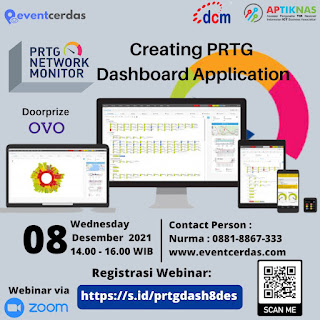Di masa pandemi, banyak bisnis yang tumbuh baru, dan tidak sedikit juga bisnis yang tutup. Untuk bisnis yang baru, umumnya menggunakan pendekatan ATM untuk memulai. ATM adalah singkatan dari Amati - Tiru - Modifikasi. Memang cara ini yang paling mudah tidak tidak rumit untuk bisa meniru, mengembangkan bisnis baru, berangkat dari bisnis yang sudah ada sebelumnya.
Inilah esensi manusia, dimana selalu melakukan inovasi, kreatif dan mencoba mencari hal baru. Tidak heran dalam bisnis pun juga demikian. Ada yang semula hanya membuka toko baju offline, kemudian mengamati toko sebelahnya yang telah membuka toko baju online, kemudian menirunya. Membuka toko online, tapi ada point penting, yaitu modifikasi. Tidak hanya meniru, apa yang berbeda, mencari faktor pembeda ini perlu waktu dan pengamatan yang jeli. Dan banyak yang bisa mengambil keuntungan dari pembedaan, modifikasi yang dilakukannya
 SCAMPER dari MoonCake - Koleksi Pribadi
SCAMPER dari MoonCake - Koleksi Pribadi
Salah satu jurus penggalian ide modifikasi ini saya dapatkan di GLEAM kali ini, yaitu SCAMPER. SCAMPER sendiri diperkenalkan oleh Alex Osborn dan diperkaya oleh Bob Eberle. Apakah itu ?
[S]ubtitute - Apa yang bisa diganti ?
[C]ombine - Kombinasi - Apa yang bisa digabungkan?
[A]dapt - Adaptasi - Apa yang bisa disesuaikan ?
[M]odification - Apa yang bisa diubah, dimodifikasi ?
[P]ut another use - Penggunaan Lain - Bisa dipakai untuk apa lagi ?
[E]iminate - Eliminasi - Apa yang bisa dikurangi, dihilangkan?
[R]everse / Reaarange - Bisakah dibalik, diatur dengan cara lain?
Sekarang coba, bila ingin menghasilkan ide modifikasi, inovasi, coba buat daftar SCAMPER nya. Coba ya, dari kasus Toko Baju Online tadi, agar berbeda, maka dibuat daftar SCAMPER nya, gali ide sebanyak mungkin.
[S]ubtitute - Apa yang bisa diganti ? Toko Baju onsite diganti menjadi online, pelanggan bisa mengakses baju secara online.
[C]ombine - Kombinasi - Apa yang bisa digabungkan? Apa yang bisa digabungkan dengan toko baju online, ya asesoris baju secara online juga.
[A]dapt - Adaptasi - Apa yang bisa disesuaikan ? Toko baju online hanya tampilkan baju, katalog, tapi kita bisa sesuaikan dengan ukuran, harga sesuai ukuran.
[M]odification - Apa yang bisa diubah, dimodifikasi ? Baju tampilan bisa disesuaikan dengan ukuran, pria , wanita, dan mereka bisa berikan pendapat, rating
[P]ut another use - Penggunaan Lain - Bisa dipakai untuk apa lagi ? Jangan hanya gunakan media online untuk pengganti, tapi ambil data calon konsumen, berikan kode unik agar mereka bisa datang dan belanja tunjukkan kode member mereka untuk diskon khusus
[E]iminate - Eliminasi - Apa yang bisa dikurangi, dihilangkan? Toko baju onsite umumnya harus punya stok, sekarang tidak harus punya stok, bisa ambil dari grosir, distributor, tanpa harus stok, yang penting gambar, ukuran dll tetap ada.
[R]everse / Reaarange - Bisakah dibalik, diatur dengan cara lain? Beli baru order, sebelumnya kita harus order dan jadikan stok, sekarang dibalik, konsumen order baru ambil barang ke grosir/ distributor.
Maka sekarang anda akan punya ide baru serta detail apa yang harus anda miliki, toko baju online dengan pembedaan, modifikasi:
- buka order (booking order), mereka bisa order baru kita beli barangnya, tidak harus stok, lebih hemat.
- bukan hanya katalog, tapi lengkap ada harga dan ukuran
- ada produk tambahan, asesoris baju dll
- ada diskon untuk member, mereka harus daftar dulu untuk dapatkan diskon kalau belanja, baik onsite ataupun online.
Nah, lihat kan, ternyata jurus ATM harus dilengkapi dengan SCAMPER ini agar semua ide dan inovasi untuk bisnis anda menjadi semakin jelas.
sumber: https://www.kompasiana.com/startmeup/617e17af010190524d0e5ec3/jangan-cuma-atm-pakai-jurus-lain











